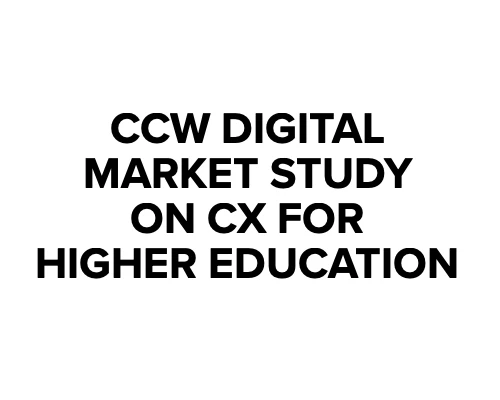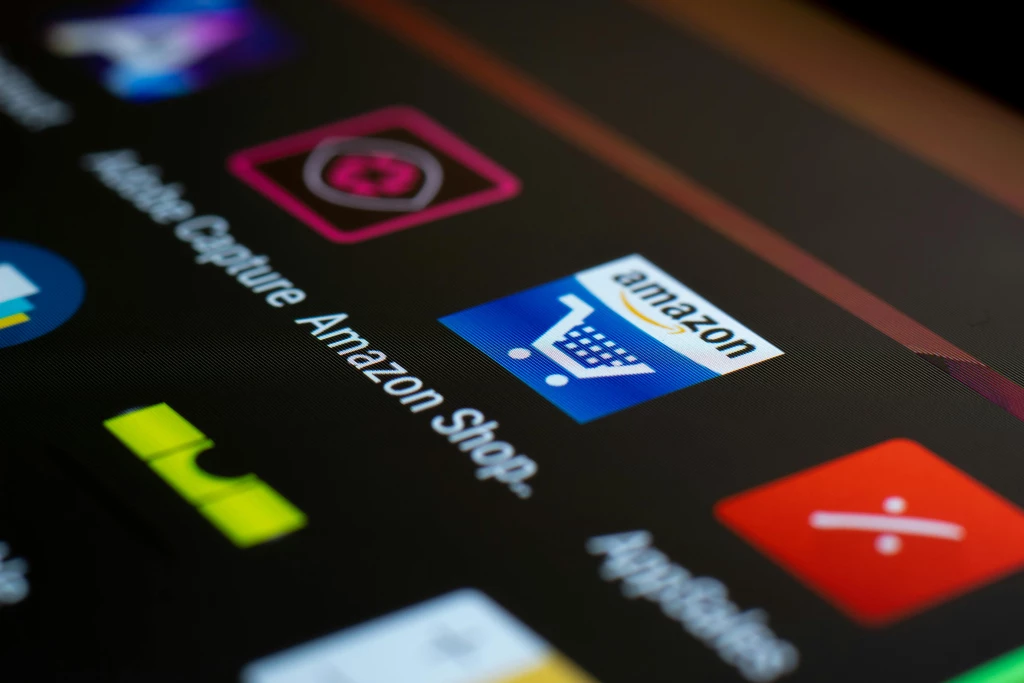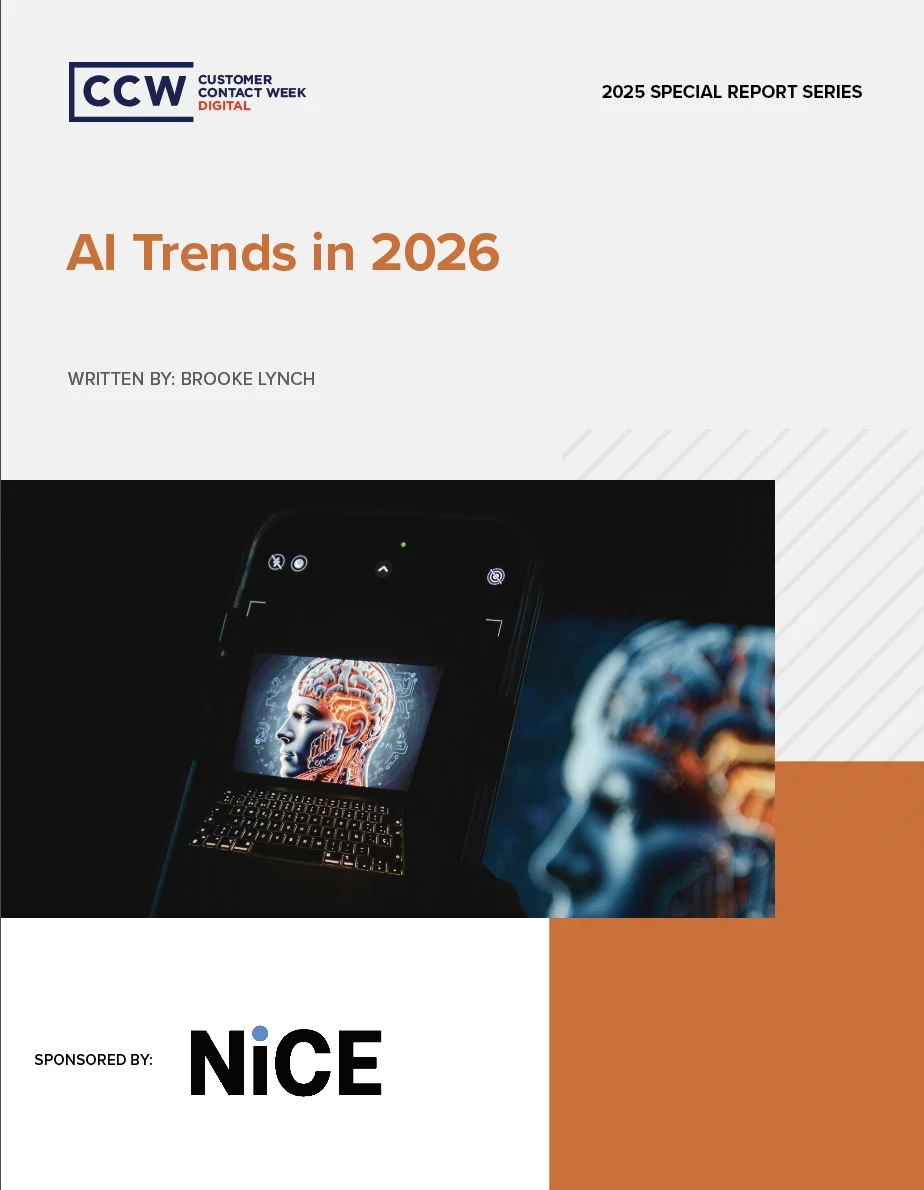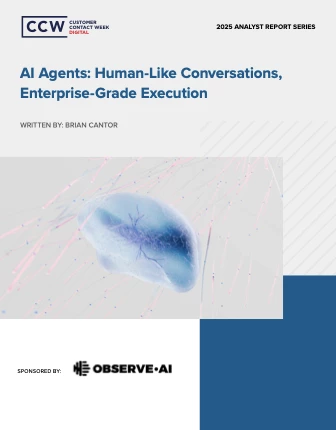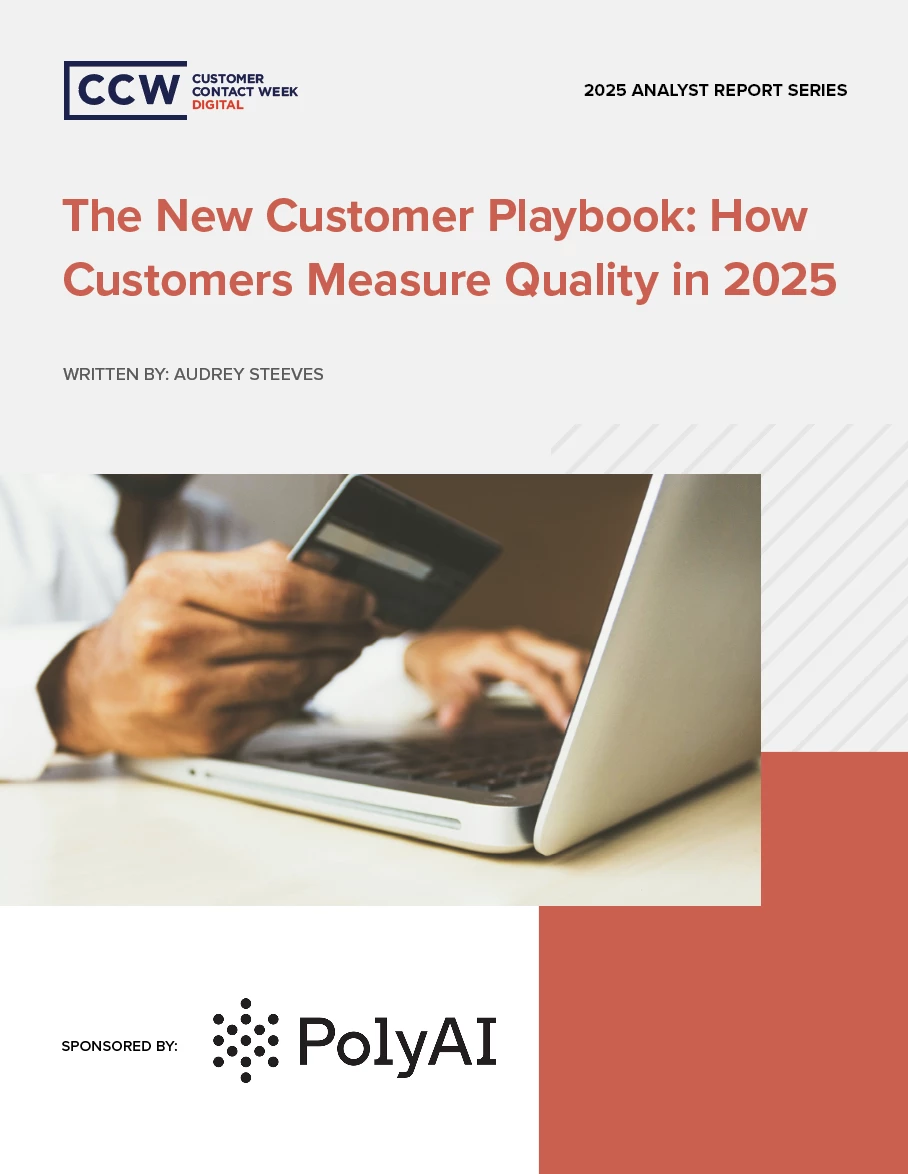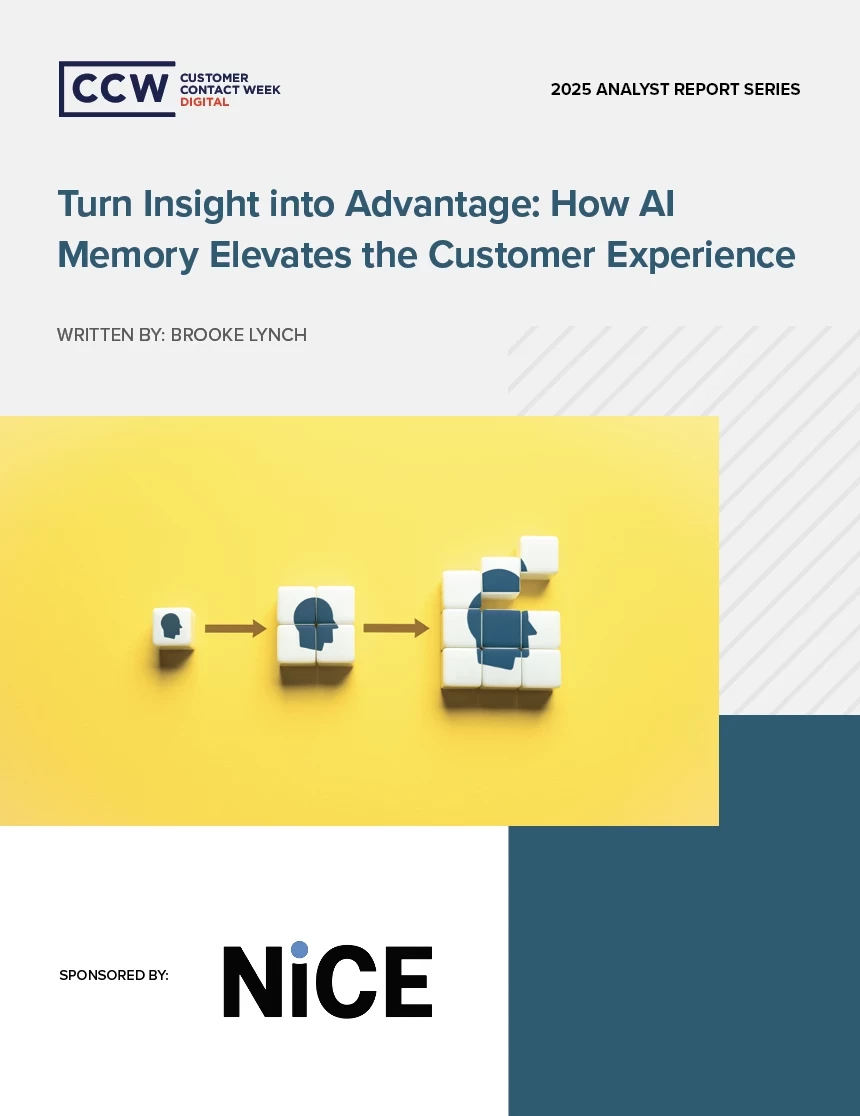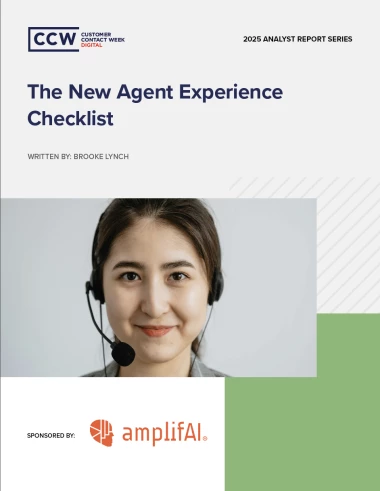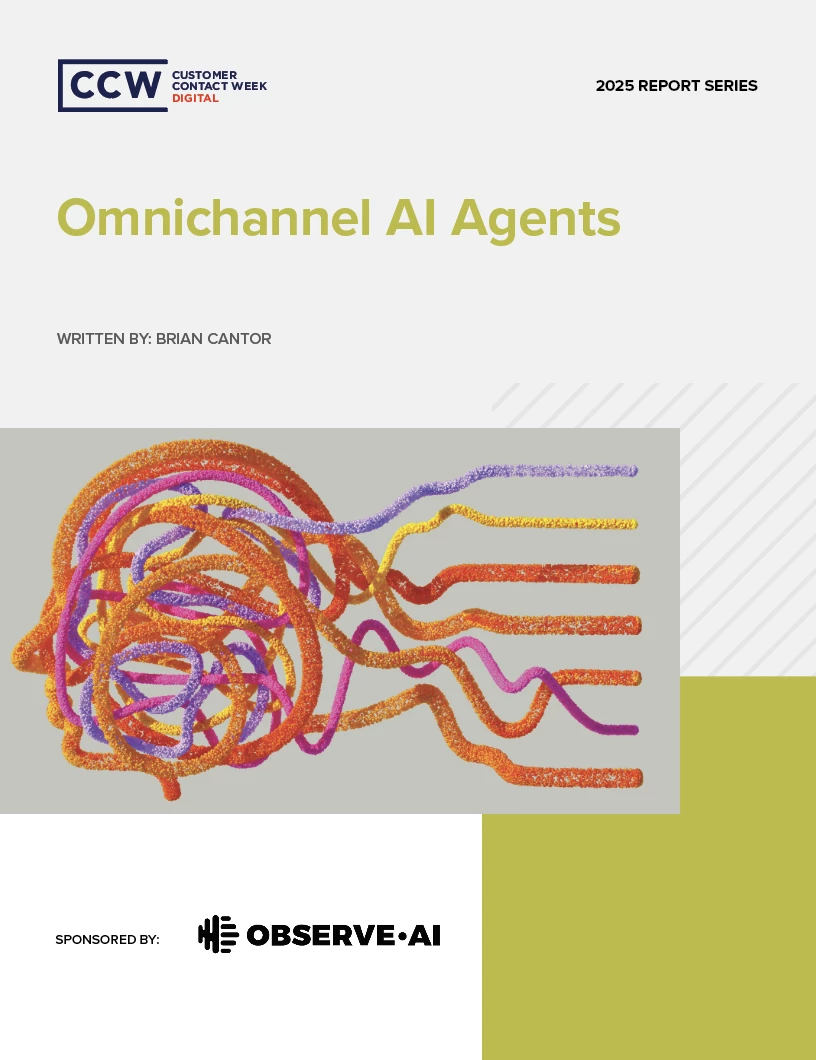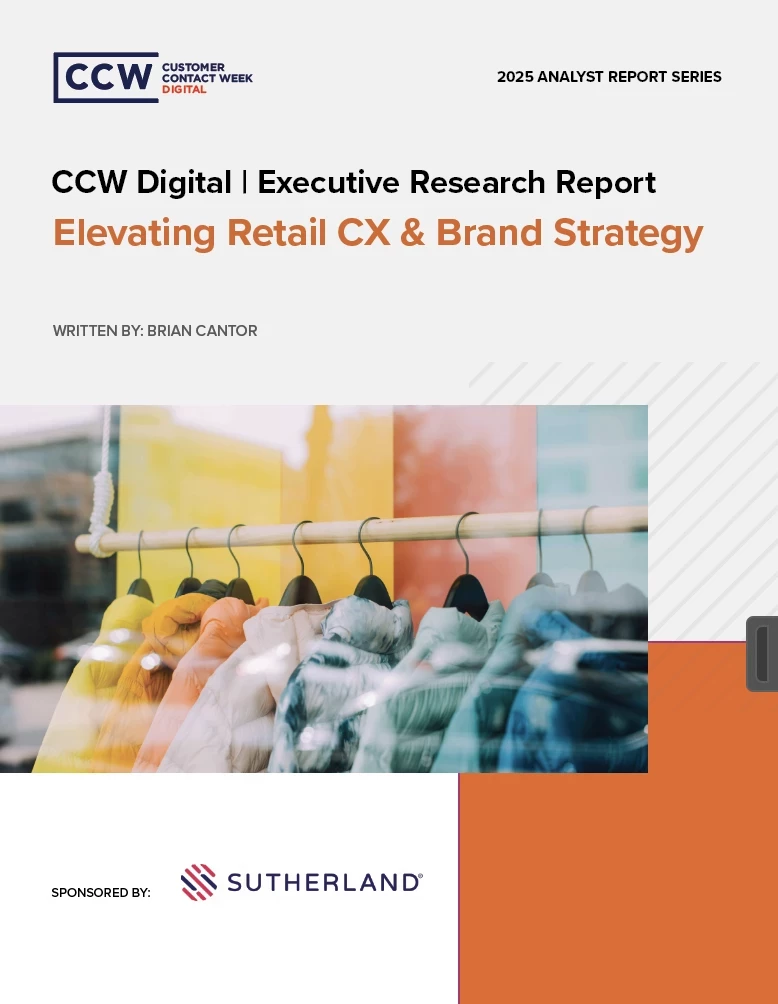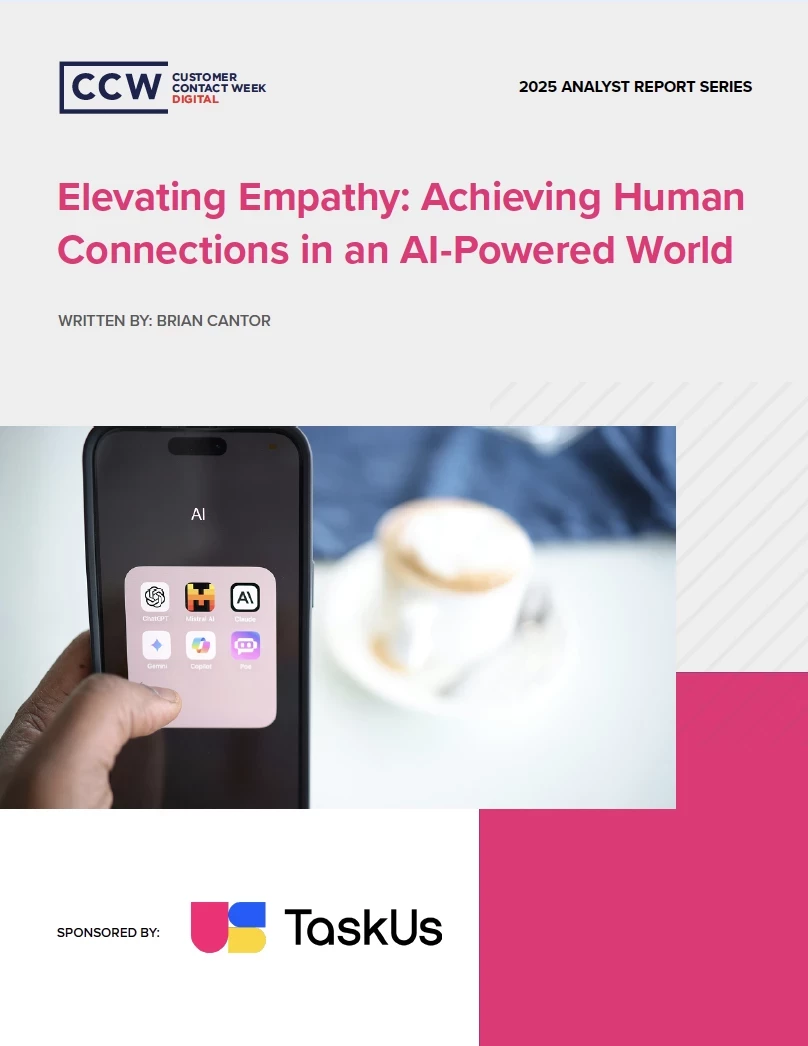The Rise Of The Subscription Economy – How It Will Change Your Business, And Life
A CCW Digital Analysis
Add bookmark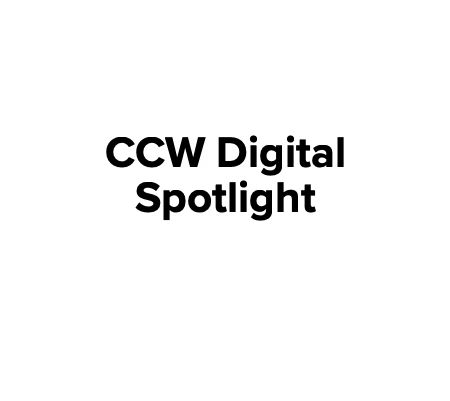
Beginning to make sense of the COVID-19 consumer trends
There is a tipping point emerging in modern commerce, one that few analysts are talking about. It’s a new common currency - the long-term relationship between a businesses and customer, including the transaction of products (or additional product features) and services in exchange for recurring (and sometimes, unclear) customer payment plans.
The emerging subscription economy is a result of changing consumer behavior trends, of course. The COVID-19 pandemic has redefined the future of remote work, self-service, and most importantly, increasing consumer expectations, regardless of how small your businesses’ budget is or how tough times might be.
There is a direct correlation between increasing technologies and expectations of the modern consumer. As WSJ, NYT bestselling author and #1 CX and customer service influencer recently told me, “Today’s customers are smarter than ever before.” “They are comparing it [your service] to the best customer experience they’ve ever had.”
He’s right. In fact, according to CCW Digital’s Market Study on the Contact Center of 2025, the #1 objective for consumers is reducing customer effort, or friction. What happens if you don’t meet these high expectations? 78% of customers will back out of a purchase due to a poor customer experience and directly put money in the pocket of competitors. This has created a recognition of the vast majority of consumers as “serial switchers” - as Hyken refers to customers who switch brands after just one or two bad interactions, on average.
As consumers, once we experience the entire seamless process of a quality customer experience, (specifically, a customer-centric subscription service), and the value it may bring to our daily lives, we start to question (or even convince ourselves) why we might need to purchase it. This is exactly why you may have seen an extended number of free trials in the past few months – a tactical decision to increase future customer-lifetime-value, not sheer altruism from Fortune 500 companies. If you start to regularly depend on a product or service while it’s free, chances are you’ll be willing to pay a small monthly fee to obtain it when it no longer is.
Simply put, the pandemic is both highlighting and expediting the process of moving to a customer-centric, digital, subscription style of commerce – and living. A subscription business model is going to be essential across industries you would have never thought. As AI and automation, CX design, and compelling consumer-value-based marketing advances in response to trying times, and the social acceptance of the subscription infrastructure becomes a new norm, the more frequently you will see such offerings across different industries.
What you can learn from Ford subscriptions. Yes, the car dealership
As Michael Gale WSJ bestselling author, A.I. influencer, and podcast host stated earlier this week:
Think about [how] Ford no longer talks about cars, but them being a mobility company. We can see how miles driven have gone up, and car sales have gone down. The basic paradigm of miles and car ownership has been eroded. The new model of personal vehicular usage for everything has been borne on the idea of the subscription economy.
Subscriptions are not the same as a car lease. Ford now markets themselves a mobility company, as they are recognizing that the real value they provide customers is getting somebody from their bedroom to their workspace (whether you have one now or plan on having one in 2021). They have been investing in self-driving technologies, subscription based leasing and ride-sharing services for their future.
Read More: How-to Guide: How to Improve Your Customer Experience ROI with Better Conversational AI
AI knowledge about such services, as well as things like weather, parking spots, commute times, and even media will be the new norms as part of the experience with Ford (and many other dealerships, if you still want to call them that). The idea is to tap into a subscription based market to provide cross-sellable services and consumer value in exchange for customer-lifetime-value, retention, and revenue.
The combinations of a generational shift, and extended experiences with nearly all things subscription - only increasingly solidifies consumers' desires for this ongoing relationship of subscription-based business models.
Whether it's in cloud software, development or the simple process of getting picked up and dropped off, we are all living in some form of a subscription economy during the pandemic. And as you’ll see in this article, you can bank on the new norms of subscription models for the future of customer experience, and commerce as we know it. More importantly, you’ll see which strategies your business can incorporate moving forward, and which ones to leave behind.
Reimagining your business model
How many companies will embrace the enormous opportunities ahead of themselves here is a matter of vision and creativity to provide cross-functional customer value propositions (CVP). In other words, the more ways you can provide additional value to customers, the greater the customer retention rates, customer-lifetime-value (CLV), and ultimately, ROI. The emergence of subscription models in industries that didn’t previously rely on them is the shining example of what the future of customer experience holds. The idea is to make additional product offerings and add-ons virtually endless, eliminating a cap on customer spending after they purchase something.
Those that lean in will vastly expand opportunities through long-term customer relationships, and those that lean away are likely to struggle - especially as subscription relationships become a frictionless norm in your customers’ daily lives (i.e. more customers expecting and comparing your brand to a Ford approach to customer experience), rather than thinking of subscriptions solely as the traditional pioneers of the subscription market (i.e. Netflix or HBO). To put it simply, the days of associating subscriptions as merely an industry-specific strategy are coming to an end. Soon they will and should be a regular part of most CX designs.
As Alison Lichtenstein, Head of Customer Experience Design at Dow Jones (responsible for leading end-to-end experiences for The Wall Street Journal and Factiva) told me at a CCW Digital online event (and by all means, feel free to subscribe to our online events in the hyperlink):
“By really listening [or tracking] what method our customers want to consume our content, making it easy, [building] distinct experiences to let you do that… How do we make it easy when you come to our site based on articles you have read or ways you’ve interacted with us in the past. How do we inform what you’re going to read next, rather than making it a ‘one size fits all’ experience.”
The fortune 500 company and industry leader in financial media markets not only their content (or product), but their personalized bundle packages of specific subscriptions for specific consumer demographics. (i.e. affordable student digital packages for college students, 6-day home delivery discounts for traditional print readers, etc.). They don’t sell the product. They sell the experience - an experience generated by subscription models, AI-driven algorithms, and personalized services. Only now, the concept is extending well beyond media.
Just look at how our lives have dramatically changed in the past 4 months.
You may find yourself subscribing to more services like the WSJ to stay informed or HBO Max to stay entertained, but you also may find yourself transitioning from free services to paid subscriptions in other industries, such as Zoom or Microsoft Teams’ for communication purposes. Your company may have recently purchased a new subscription product, such as a Salesforce CRM for remote customer management. Maybe you signed your parents or grandparents up for Uber or Lyft services for safe transportation. Or maybe your new way of grocery shopping is using Freshly or Drizly for meal or alcohol delivery. The list goes on.
Read More: Special Report Series: The State Of The Voice Channel (Sponsored By Salesforce)
We are moving towards a customer-centric world of on-demand digital services for media, entertainment, social communication, work, transportation, health, manufacturing, and more.
Zuora CEO’s vision on the future of subscription commerce
Tien Tzuo is the founder and CEO of Zuora (NYSE: ZUO). Beginning in 2007, Tzuo evangelized the beginning of this shift to subscription-based business models, coining the phrase "Subscription Economy." To empower this new economy, Tzuo spent 10 years building an award-winning subscription management platform capable of powering any subscription business, and of solving the complex billing structures, they inherit. Before Zuora, Tzuo was one of the 'original forces' at Salesforce, joining as employee number 11.
In his nine years at Salesforce (1999-2008), Tzuo built its original billing system, later serving as chief marketing officer (2003-2005), and chief strategy officer (2005-2008). He now holds a patent for the on-demand application abilities key to Zuora's proprietary SaaS platform. Tzuo is the author of the USA Today, LA Times and Amazon bestselling book, "SUBSCRIBED: Why the Subscription Model Will be Your Company's Future - and What to Do About It."
The pioneer of the subscription economy argues that while the pandemic is of course primarily a public health (and socioeconomic) crisis to be tackled, it can also been seen as “a massive forcing function, changing our society and economy in profound way.” That, he says, includes validating the resiliency of subscription business models. As proof, he points to stats gathered from Zuora customers’ performance over the past few months:
What our data is telling us is [that] in the months of March, April and May, half of our customers [did not see] their subscriber growth rates materially affected by the current crisis. Around 20% of our customers have actually seen their subscriber growth rates accelerate. And 17% of our customers are still growing, just at a slower rate
For example, in Q1 2020, sales from the S&P 500 companies contracted at a negative 2% annual rate, while revenues from companies in our Subscription Index grew at 9.5% in the same quarter, continuing the outperformance even through this crisis. So subscriptions are a significant driver of above-market growth. As these moments of time tend to accelerate underlying trends, we believe that the current crisis will only accelerate the shift of the modern global economy towards digital services and subscription models.
Either Tzuo’s business, Zuora, is really affective at delivering an ROI by increasing clients’ subscriptions rates during harsh economic times (when consumers have less money), or the subscription economy is a real thing. My guess? Both. Subscription models would certainly exist without Zuora, but you can’t say the same about Zuora existing without the lucrative market of subscription models.
In fact, according to a study by Zuora, the subscription service industry surged 300% between 2014 and 2018. You can imagine what those numbers look like during the digital era of remote work and living.
But subscriptions aren’t an easy cheat-code for any Business Continuity Plan (BCP) or business model. In fact, many subscription services have already started expanding their product offerings, but aren’t seeing the same ROI that Zuora’s clients are.
HBO Max embodying future challenges of the subscription economy
As I mentioned, it’s “a matter of vision and creativity to provide cross-functional customer value propositions (CVP),” ideally as frictionless and unambiguous as possible.
And HBO Max recently learned this the hard way.
When Superunion’s marketing agency executive creative director, Ross Clugston went to watch the HBO dark comedy series Run about a week ago, he ran into a problem: He couldn’t find his HBO Now app on his Apple TV device. As Adweek described, Clugston eventually discovered that his usual method of accessing HBO had gotten a “major facelift,” courtesy of WarnerMedia’s new streaming service, HBO Max.
“We had to figure out this weird way that HBO was now HBO Max, and then we had to download it and find our way in that,” said Clugston, “I think that’s the story here: the story of HBO fragmenting this brand.”
Seems harsh, right? Wrong. Clungston’s individual customer experience embodies the idea of a new subscription product going awry by causing ambiguous customer friction.
HBO Max, WarnerMedia executives have said, is intended to build on the prestige of the HBO brand name with a doubled-in-size catalogue of programming that appeals to the whole family. “This is not the prestigious brand voice of HBO,” WarnerMedia Entertainment CMO Chris Spadaccini recently told Adweek.
The HBO brand expansion of the HBO Max subscription is, by some metrics, off to a good start: Roughly two weeks after launch, some of the most popular programs on HBO Max are kids shows, according to data from Parrot Analytics.
Read More: Facebook Making Waves With New Chat Rooms, AR, And IG Stories Built To Go Viral: What It Means For The Future Of Customer Experience
But the introduction of a new brand has also come with some major speed bumps for users and potential customers, who have to work through not just a new app but a web of rules about whether or not they have access to the service, which for now is not available on two major connected TV platforms: Roku and Amazon Fire TV devices. Amazon and Roku are undoubtedly playing hardball in negotiations. However, from a user experience (UX) standpoint, consumers will hold it against HBO, and therefore damage the perception among certain customers, as it already has.
As consumers, these are the types of things we need to think about before we spend our money on subscriptions. How seamless will the experience be? What are the kinks? As a business, we need to be eliminating any friction or ambiguity by identifying consumer pain points or UX confusion before they happen. And as we all know, consumers don’t do well with confusion.
Consumers pick subscription services that are easy to use, and anticipate hassle free value. For example, when I think of Amazon, (although not right now, but bear with me) I think of same-day shipping, a streaming service that encompasses other streaming services and channels (like HBO), free audiobooks every month (being an Amazon Prime subscriber), and more. When I think of Netflix, I think of personalized algorithm-generated recommendations so I don’t waste my time watching Outer Banks before realizing I accidentally finished it. When I think of the WSJ, I think of individualized, premium, relevant media delivered where and when I want it. The value proposition list goes on for customer-centric subscription models, and it dictates how customers perceive your brand.
Meanwhile, through their first week of launch, HBO Max declined to comment about their poor UX design and lack of brand clarity. Any competitive benefits of HBO Max over other streaming services were lost to many consumers throughout the launch, who flooded HBO’s social media customer service team on Twitter. In fact, the team was so ill-prepared for the volume of customer inquiries that they had to pull together a twitter campaign to clarify differences in its “For You” section.
Read More: The Subscription Economy And How It's Changing Customer Experience As We Know It: Featuring Insights From Dow Jones and Recurly
Even if consumers got past the new branding and are able to understand the difference between HBO and HBO Max, they then had to face another hurdle: the web of carriage agreements governing who is eligible to get HBO Max and where they can get it – a process so complex that they’ve prompted explainers and flowcharts. Do you think any customer is willing to navigate a flowchart to use your product? Of course not.
No one’s safe from the behavioral economic consequences brought upon by the coronavirus. But adapting to the right CX strategies and consumer behavior trends will give you the best chance at being on the favorable side of financial Darwinism.
With over 150,000 global members, join the largest research hub for customer contact and customer experience professionals by subscribing here. Through our complementary offerings, you’ll have access to the latest research, news, blogs, podcasts, webinars, whitepapers, events, training, and technology insights in customer experience.
For media coverage, lead gen, and digital marketing inquiries, contact me at matt.wujciak@customermanagementpractice.com.
And remember, don’t waste your time on Outer Banks.










